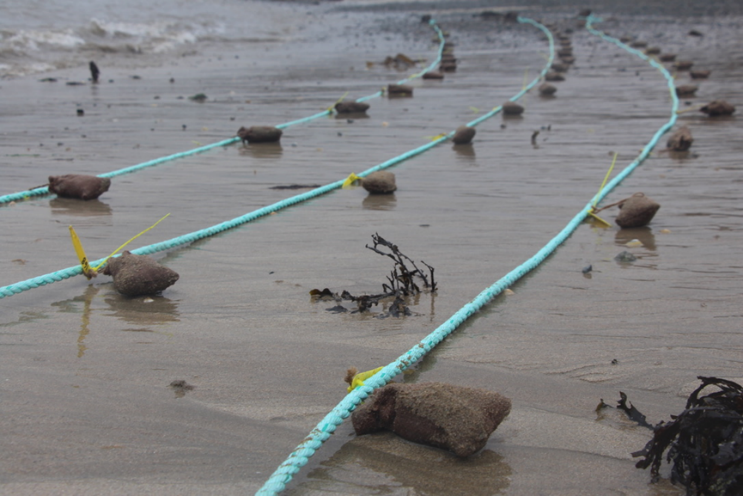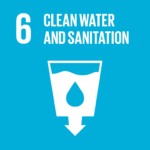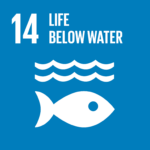Depth & materials - The water depth at which the seagrass grows greatly affects the costs, labor intensity, and level of implementation. Shallower waters allow for restoration works to be carried out by snorkeling, provided that the depth is shallow enough to allow a person to reach the bottom whilst holding their breath. Intertidal areas are often easily accessible on foot during low tide provided they are not extremely muddy and dangerous to wade through.
Due to the freedom of where the seedbags can be dispersed, this intervention can be used in deeper waters compared with interventions for seagrass restoration (such as Hessian Mattresses and Sediment Tubes) provided there is enough rope or string material available.
Planting methods in deeper waters require the use of SCUBA equipment, experienced boat operators, and trained SCUBA divers, which usually translates into higher costs. However, while labor costs are typically high in western countries, this may not be the case for restoration programs that involve local communities and/or volunteers in other parts of the world.
Plant maturity - Mesh bag techniques that use adult plants, e.g. with bare rooted shoots, tend to be more successful and quicker to establish themselves on the
Materials required
- Seagrass seeds or shoots
- Woven bags
- Rope/string
- Snorkel equipment
- Marker buoys
Optional
- Stones (to anchor seed bags)
- Boat (for deeper meadows)
- Seawater storage tanks (where seed germination is
Steps of implementation
1. Seed collection: First, fertile shoots or mature seagrass flowers from underwater nurseries or healthy seagrass sites need to be collected. Where seeds are readily available, the mesh bag filling (step 2) can already begin.
However, if only shoots are available, they must then be kept alive in large seawater tanks for several weeks until their seeds have been released. The seeds should then be separated from other organic debris by winnowing and sieving, and then stored until planting.
2. Mesh bag filling: The mesh bags can be created using biodegradable fabrics such as Hessian fabric. There isn’t a fixed number of how many seeds and/or shoots should be collected and used per bag. Different projects have ranged from the planting of a thousand to a million seeds. Within each mesh bag there should be enough seeds or shoots that it will weigh down the bag to the seafloor (stones can also be added to anchor the bags) to increase the likelihood of seeds successfully settling on the seafloor and germinating.
3. Seedbag chain: Depending on what type of material you have, a long chain of seedbags can be made with rope with two larger weighted bags on each end to hold the chain down (source). Otherwise, individual seed bags can be dispersed along the seafloor with stones to weigh them down if needed.

4. BUDs: Shorter buoy-deployed seed bags (BUDs) can be made with a shorter rope with a weighted seedbag on one end and a buoyant material on the other to mark where the seedbag is located (source).
5. Placing the bags overboard: Depending on the tide and depth at which the proposed restoration is at, implementing the seedbags can be done either by foot, by snorkeling or boat. It is important to clearly mark these replanting areas, so the boundaries, or that each BUD is clearly visible.
6. Maintenance: Snorkeling should be carried out to monitor the success of the seedbags dispersed at depths between 0.5-1m. For deeper water dispersal, SCUBA diving may be needed for meadow monitoring.
This intervention contributes to:



- Seagrass Recovery Using Hessian Bags, Plymouth, UK
The project, led by Natural England and the Ocean Conservation Trust, aims to restore eight hectares of seagrass meadows, including in Plymouth Sound. It involves planting 16,000 biodegradable bags of seagrass seeds and 2,200 seedling bags to promote natural regrowth. This initiative is part of the LIFE Recreation ReMEDIES program, which works to address damage caused by recreational boating and enhance marine habitats. The project also includes community involvement and public awareness campaigns to ensure sustainable marine conservation practices.


